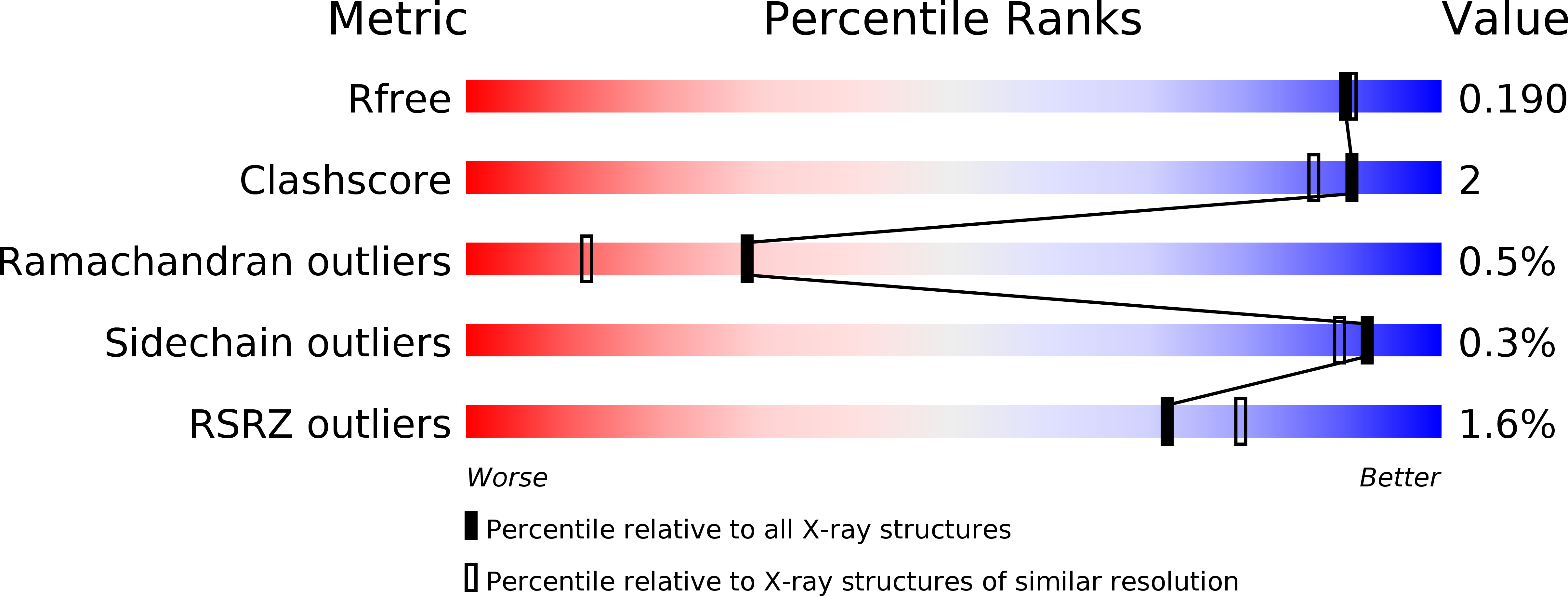
Deposition Date
2013-08-19
Release Date
2013-09-25
Last Version Date
2024-10-23
Entry Detail
PDB ID:
4C2L
Keywords:
Title:
Crystal structure of endo-xylogalacturonan hydrolase from Aspergillus tubingensis
Biological Source:
Source Organism:
ASPERGILLUS TUBINGENSIS (Taxon ID: 5068)
Host Organism:
Method Details:
Experimental Method:
Resolution:
1.75 Å
R-Value Free:
0.18
R-Value Work:
0.16
R-Value Observed:
0.16
Space Group:
I 2 2 2


